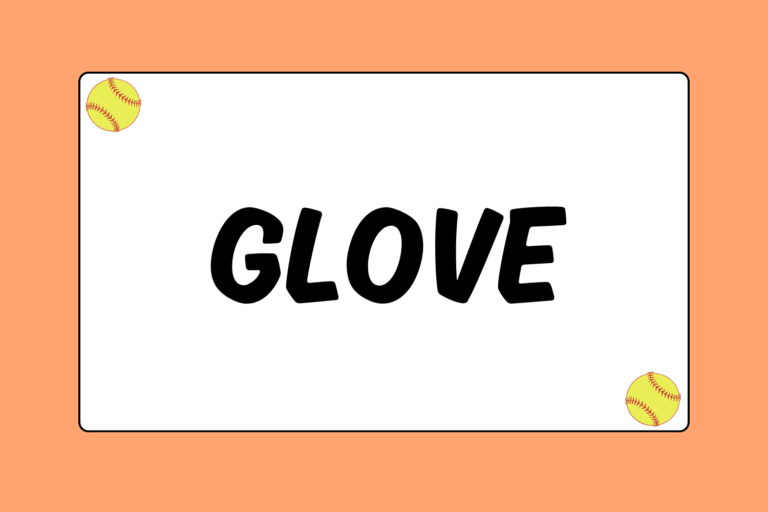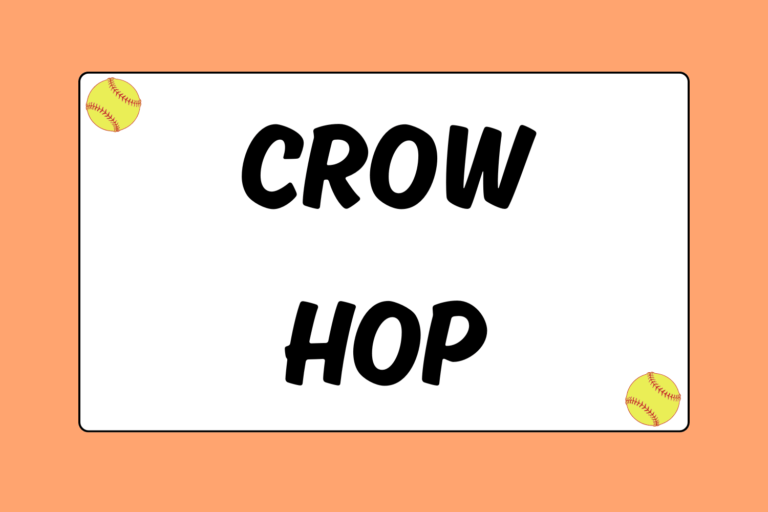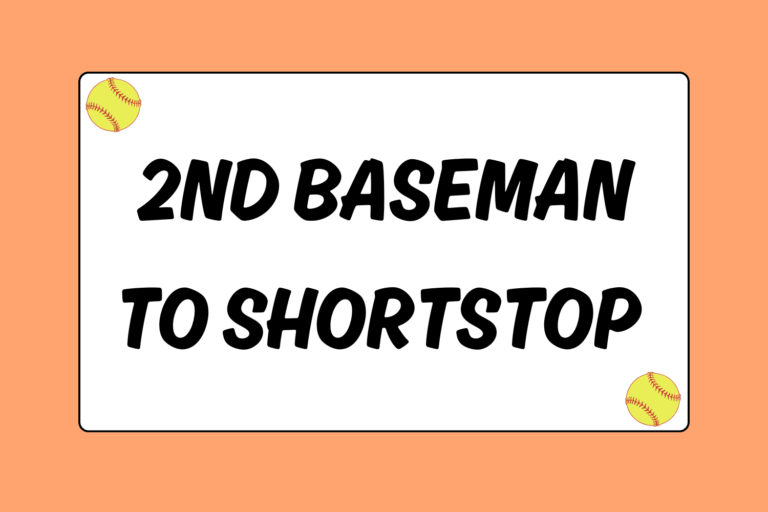An umpire relays every call through two means of communication: Verbally and visually. Since an umpire can’t be sure that everyone on the field will hear what he says, he can make sure everyone sees what he’s calling. So if you are thinking about becoming an umpire, keep reading. This guide will describe the signals you’ll need to relay your calls on the diamond.
Get into Position
Before the pitcher releases the ball, the plate umpire needs to be set up. If you are behind the plate, follow these tips to get into the most advantageous position:
- Set yourself up behind the catcher (give her some breathing room), near the inside corner of the plate.
- Never set up in the strike zone. You want to be at eye-level with the top of the strike zone, able to look straight ahead at the pitcher, while keeping the batter’s hands and feet in sight. In order to do this, you’ll have to crouch forward.
- Square your shoulders and feet to the pitcher. If you need extra stability, stagger your stance for better balance.
Don’t worry about staying in this position throughout the entire game. As long as your feet are set, you can stand up and relax after each pitch. However, you should not be moving when the ball is being delivered, so the best time to get back into position is when the pitcher separates her hands on the mound.
If you are the field umpire, situate yourself on the field somewhere close to the lead runner. If there are no runners on base, you’ll likely position yourself near the first base line (behind the bag). If there is a runner on second base, you would situation yourself somewhere between second and third base. Stay relaxed, but focused, slightly hunched forward with your hands on your knees. You need to have a clear view of the field, but you also need to be out of the defense’s way.
Signals at the Plate
The signals described below are those used at the plate to call pitches and hits.
Start the Game
To start the game, simply point to the pitcher with the hand furthest away from the batter and yell “Play ball!” Official game time will start and the pitcher will throw the first pitch.
Hot Tip: Control the Game
Call everything in a timely manner — do not delay a call. If you can develop a rhythm, you’ll be able to control the pace of the game.
Strikes
To call a strike, stand up out of your stance after the ball is in the catcher’s glove. Bring your left arm in towards your body near your waist. Raise your arm to form a 90-degree angle at the elbow, then make a fist with your hand as you call, “Strike!” If the batter swings and misses, you don’t necessarily need to give the signal or call it — it’s clear that she swung and missed. In these cases, you can simply show the count after the ball is in the catcher’s glove.
Balls
To call a ball, wait until after the ball is in the catcher’s glove then move your head (just a nod) towards where the ball was pitched and call, “Ball.” You can step back, stand up, and relax after making the call.
Giving the Count
Relaying the official count is essential! Balls are always called first, and strikes are called second. You should accompany a verbal count with a numerical count on your fingers. Display the number of balls on the left hand, and the strikes on the right. For example a “2-0” (pronounced “Two-oh”) count would mean two balls and no strikes.
You do not need to give the official count after every pitch. Unless it’s requested or if there is a delay in the game (say, a new pitcher comes in), you really only need to give the count when a pitch will make a difference — for example, when there are three balls and two strikes, zero balls and two strikes, etc.
Foul Tip
To signal a foul tip, raise your hands to chest-level, and then touch your fingers together. Generally, “sweeping” or “brushing” one hand over the other is acceptable. Follow this with the strike signal (to signal that the foul tip counts as a strike). No verbal call is necessary.
Foul Ball
To call a foul ball, raise both hands (palms open and facing away from you) and bend each elbow so your arms form 90-degree angles. Then yell “Foul ball.”
Fair Ball
On a ball that looks questionable on the line, wait until it stops spinning to make the call. Point down to the ball in fair territory with the hand closest to the infield, then point towards the infield with the other. No verbal call is needed; this signals that the ball is live.
Hold up Play
This signal is generally used to signal to the pitcher that the batter is not yet ready. Raise the hand furthest away from the batter and open your hand towards the pitcher (as you would to signal someone to stop).
Field Signals
These next signals are used whenever the batter becomes a runner and for any other runner on the base path. They will generally be called by the field umpire.
Safe
As either umpire (plate or field), you will use this signal to make the call whenever an offensive player is safe at a base:
- Stand up (if you were crouched down).
- Bend your elbows to bring your forearms and hands into your chest.
- Then extend your arms straight out to your sides and call, “Safe!”
- Repeat the hand signal if necessary.
Out
The “out” signal is very similar to the strike signal. However, it’s made standing up. Raise your right arm above your head, bend your elbow so your arm forms a 90-degree angle, and once your elbow reaches shoulder-height, close your hand into a fist and yell “Out.”
You can also make an “out” call more emphatically if you choose. Shuffle your feet (leading with your left) and take three steps towards the play. On your second step, call the out with a more dramatic hand signal: Raise your hand into a throwing position before closing your hand into a fist as your hand goes through the throwing motion.
Dead Ball/Time
To signal a dead ball, or that a team has called time, raise both hands (palms open and facing away), and bend your elbows so your arms form 90-degree angles. Then make the appropriate call.
Infield Fly
Signal an infield fly by simply raising your right arm with a closed first. Then yell, “Infield fly!”
Two-base Award
On the chance that there is a ground-rule double, you will need to clearly signal that every runner is to be awarded only two bases. Do this by simply raising your right arm over your head, holding up two fingers, and verbally yelling, “Two bases.”
Home Run
To signal a home run, raise your right arm above your head. Point upwards with your index finger, and move it in a counter-clockwise motion, basically twirling your hand in a circle. Simultaneously yell, “Home run!”
Tips
Here are a few more tips that will help you call the fairest game possible:
- Do not make the call before the pitch is caught.
- On a hit, the plate umpire should get in the habit of trailing after the batter down the first base line. By doing this, he will have a clear view of first base if the field umpire is busy with a lead runner elsewhere on the diamond.
- You make the calls — not the coaches. Don’t let their excitement sway your calls.
- Don’t be timid. Be loud and clear.
Play Ball!
Now that you know the signals, check out our guides on Softball Rules & Regulations, as well as the guide on Umpiring Tips for Softball for additional information. Remember, you call the shots.





